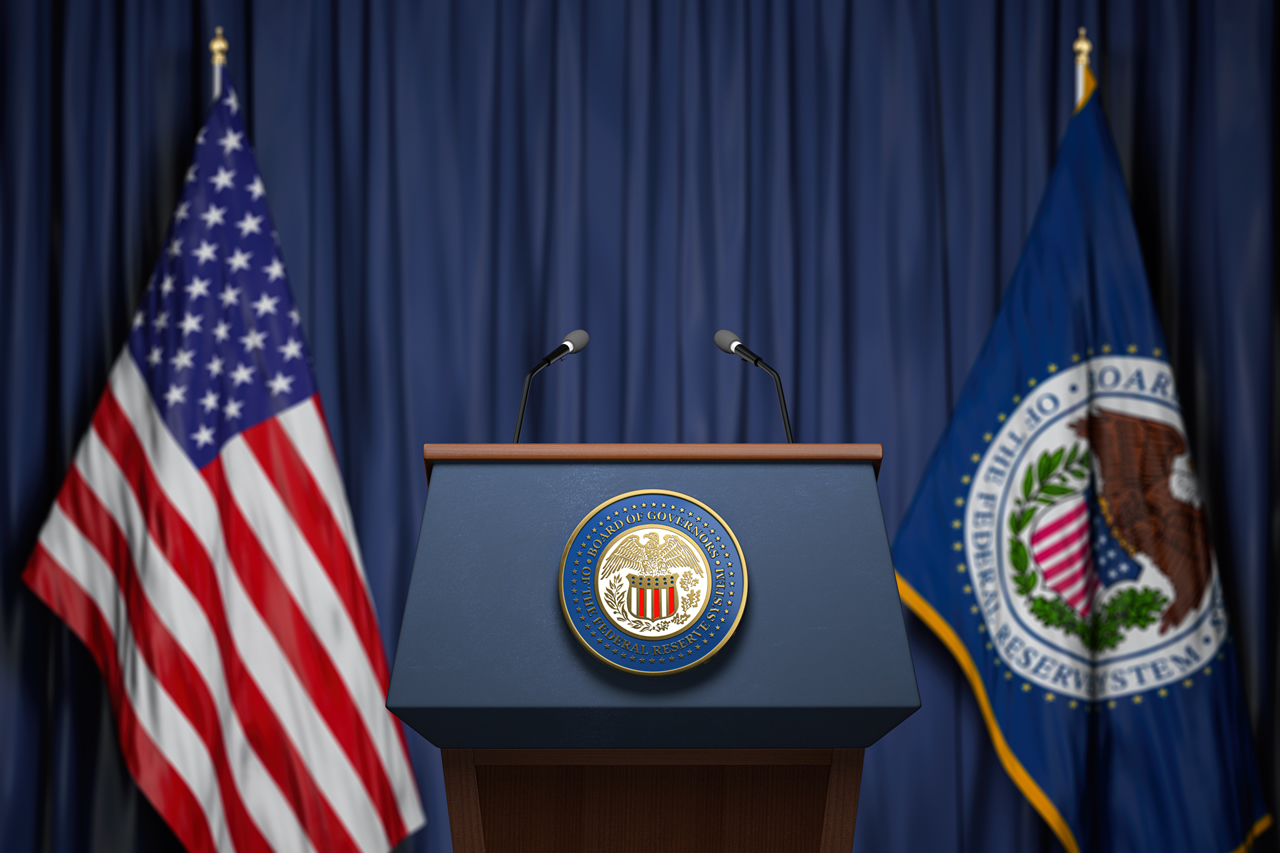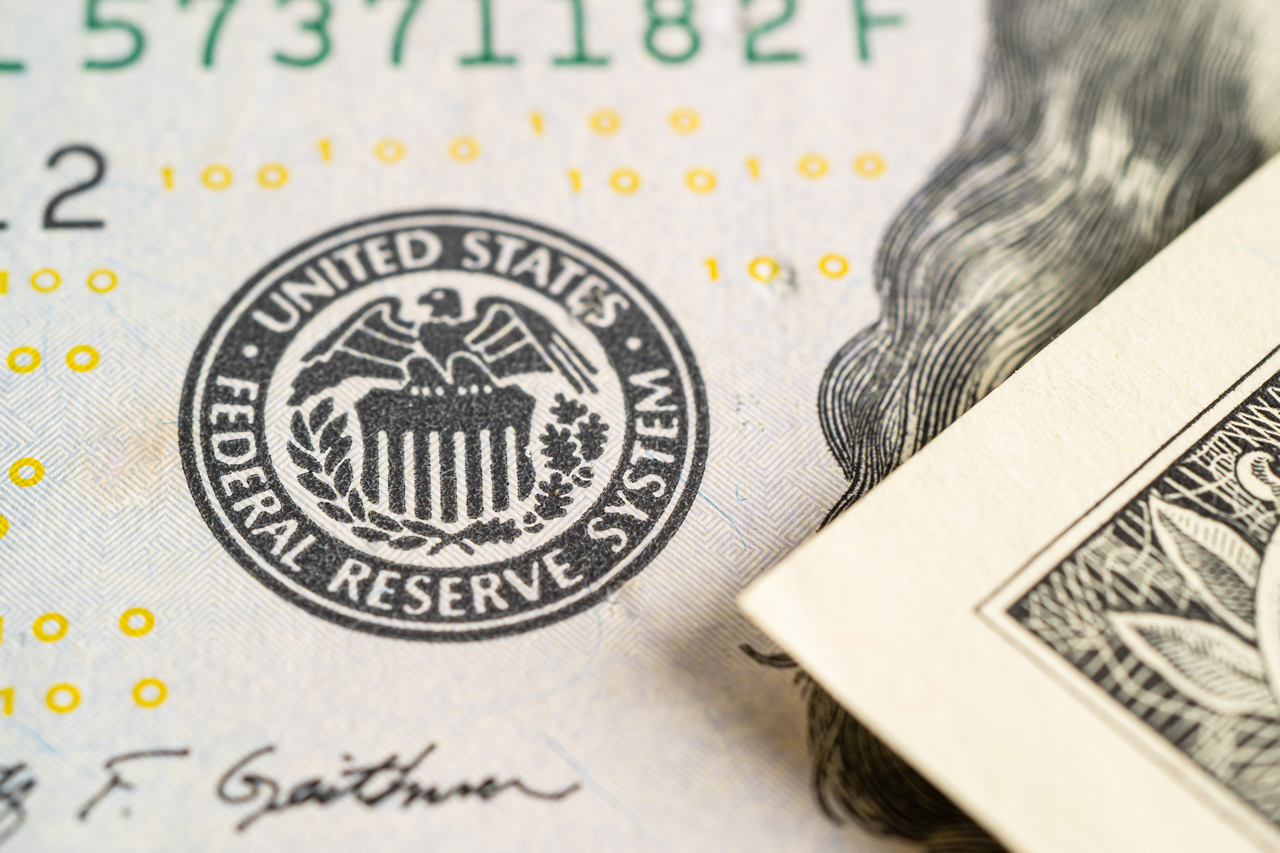The Federal Reserve plays a significant role in shaping the economy of the United States. One of the tools at its disposal is the ability to raise or lower interest rates. When the Federal Reserve decides to increase interest rates, it has far-reaching implications for borrowers, savers, investors, and the overall economy. In this article, we will delve into the meaning behind the Federal Reserve raising interest rates, its effects on different stakeholders, and the factors that influence these decisions.
The Federal Reserve, often referred to as the Fed, is the central bank of the United States. Among its various responsibilities, the Federal Reserve has the authority to influence interest rates. When the Fed raises interest rates, it means it is increasing the cost of borrowing money for financial institutions, which subsequently affects the rates offered to consumers and businesses.
Understanding the Role of the Federal Reserve
The Federal Reserve's primary objective is to promote price stability and maintain maximum employment. It accomplishes this by adjusting monetary policy tools, such as interest rates, to influence borrowing and spending in the economy. The Fed closely monitors economic indicators and makes decisions based on its assessment of the current state of the economy.
Explaining Interest Rates
Interest rates represent the cost of borrowing money or the return earned on savings and investments. They are expressed as a percentage and can vary across different types of loans, savings accounts, and financial products. When the Federal Reserve raises interest rates, it increases the cost of borrowing, making it more expensive for individuals and businesses to access credit.
The Effects of Interest Rate Changes
Interest rate changes have wide-ranging effects on various aspects of the economy. They impact borrowers, savers, investors, and overall economic activity. Understanding these effects is crucial for individuals and businesses to navigate the financial landscape effectively.
Impact on Borrowers and Savers
When the Federal Reserve raises interest rates, borrowing becomes more expensive. This means that individuals seeking mortgages, auto loans, or personal loans may face higher interest rates, resulting in increased monthly payments. On the other hand, savers may benefit from higher interest rates, as savings accounts, certificates of deposit (CDs), and other fixed-income investments may offer better returns.
Influence on Investments
Interest rate changes can significantly impact investments. When interest rates rise, bond prices tend to fall, as newer bonds with higher yields become more attractive. Similarly, stocks may face downward pressure as higher borrowing costs affect corporate profitability. Investors need to consider the potential impact of interest rate changes on their investment portfolios and adjust their strategies accordingly.
Consequences for the Economy
Changes in interest rates can have significant consequences for the broader economy. Higher interest rates can lead to reduced consumer spending and business investment, as borrowing becomes more expensive. This can slow down economic growth. Conversely, lower interest rates can stimulate borrowing and spending, encouraging economic expansion.

Factors That Determine Interest Rate Changes
Several factors influence the Federal Reserve's decision to raise interest rates. The Fed takes
into account economic indicators such as inflation, employment levels, GDP growth, and consumer spending. It also considers global economic conditions, fiscal policy, and geopolitical factors when determining the appropriate course of action.
Final Thoughts
When the Federal Reserve raises interest rates, it signifies a deliberate effort to manage the economy and control inflation. These changes have significant implications for borrowers, savers, investors, and the overall economic landscape. Understanding the effects of interest rate adjustments can help individuals and businesses make informed financial decisions and navigate the changing market conditions.
FAQs
- Why does the Federal Reserve raise interest rates?
The Federal Reserve raises interest rates as a measure to control inflation and ensure economic stability. By increasing borrowing costs, the Fed aims to moderate spending and prevent the economy from overheating.
- How do interest rate changes affect mortgage rates?
Interest rate changes directly impact mortgage rates. When the Federal Reserve raises interest rates, mortgage rates tend to rise, making homeownership more expensive for prospective buyers.
- Are higher interest rates always bad for the economy?
Higher interest rates can have both positive and negative effects on the economy. While they may reduce borrowing and slow down economic growth, they also help curb inflation and maintain the stability of the financial system.
- What can individuals do to mitigate the effects of rising interest rates?
To mitigate the effects of rising interest rates, individuals can consider refinancing existing loans to secure lower rates, explore alternative financing options, focus on increasing savings, and diversify their investments to account for changing market conditions.
- How often does the Federal Reserve adjust interest rates?
The Federal Reserve regularly assesses economic conditions and adjusts interest rates accordingly. The frequency of rate changes depends on the state of the economy and the Federal Reserve's monetary policy goals.


